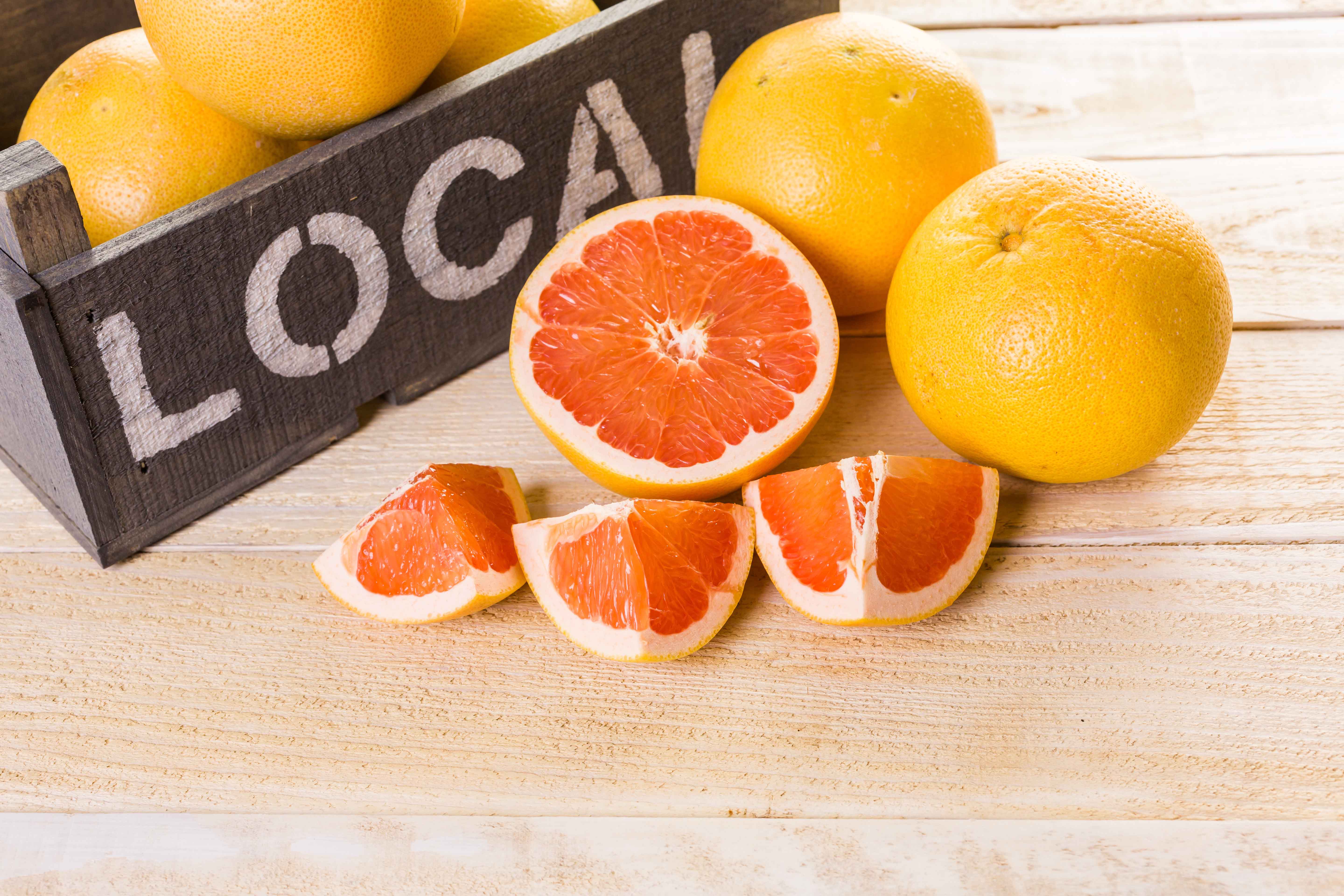Why is Local Food Popular Now?, Letter from the Publisher
A reporter called me the other day and said, “The farmers’ markets tell me they are all doing a great business, but I want to know why all of a sudden it seems that a lot of Valley residents are interested in local food. I thought you would know.”
I gave her the usual answers: More people cooking at home because of the economy; an aging population concerned with health; foodies looking for better flavor; growth of the overall buy-local movement; awareness of environmental issues and a focus on sustainability; a return to traditional values during uncertain times; the Phoenix Valley finally catching up with other parts of the country. We also talked about how chefs lead food trends and how our Valley’s local-ingredient-focused chefs have raised awareness around our local farmers and food artisans.
But after I hung up the phone, I thought about the question a little more. Why has local food become so popular? Why is the Food Inc. movie playing to packed houses? Why have the Obamas planted a garden at the White House? Why did the local Slow Food chapter double its membership this year? And is everything really happening “all of a sudden?”
Like many so-called overnight singing sensations, blockbuster book authors and wildly popular movie actors, there was actually a lot going on in the local food movement before it was “discovered.” The seeds were planted long before its fruits became trendy.
One of my favorite references is a brightly colored handout called the “Local Food Movement Timeline” compiled by Renewing America’s Food Traditions in 2008. They date the beginning of the movement to the establishment of the first community-supported agriculture (CSA) project in 1986. During the ’90s, early pioneers included Chefs Collaborative, Food Routes Network and Local Harvest. But even with more and more farmers’ markets, annual sales of local foods were a mere $2 billion in 2000. The turn of the century brought organizations such as Slow Food to the United States and ushered in a new era of local food–focused writing with the publication of numerous popular books, magazines (including Edible Phoenix and its 60-some Edible Communities siblings across the United States and Canada) and scholarly studies over the next 8 years. Farmers’ markets grew to over 4,000 and sales of local food more than doubled to over $5 billion a year. The New Oxford American Dictionary dubbed locavore the word of the year and local food consciousness was firmly established in the minds of the general public.
Perhaps even more telling, the last year has brought an attempted backlash against the local food movement. TV ads extol the benefits of high-fructose corn syrup; conservative pundits feel duty bound to debunk the “myth” of local food being better for the environment; mega-retailers and fast food outlets tell us we can’t afford to eat local food—that they can do it so much more cheaply—all the while touting their organic products from far-away countries and their grilled, not fried, offerings.
Today, local food sales are still merely a fraction of our grocery purchases. Local food distribution is still a challenge. We still have lots of work to do and many people to entice to visit our farmers’ markets. To paraphrase an advertising slogan from the ’80s: You’ve come a long way, local food movement, but you still have a long way to go.




